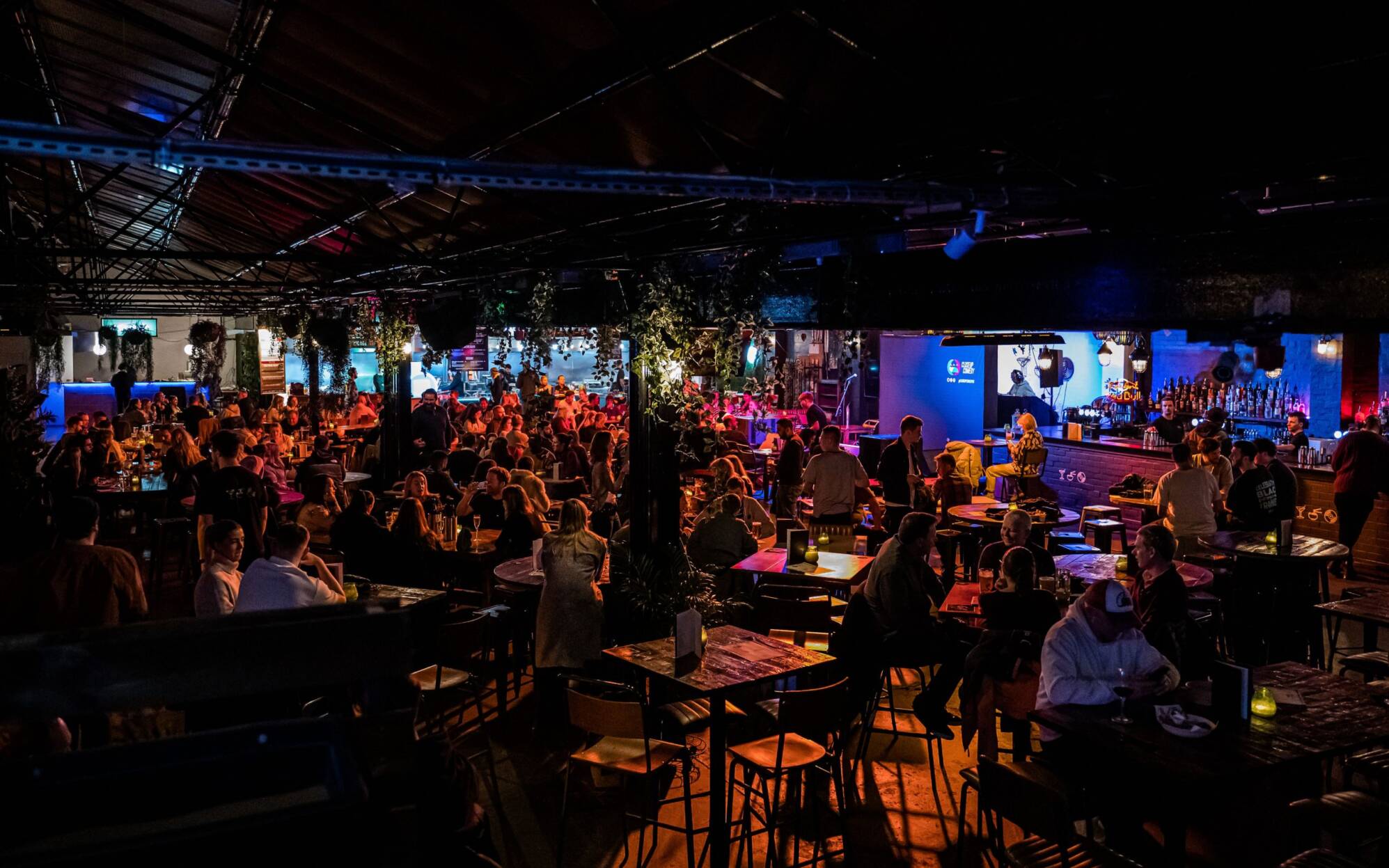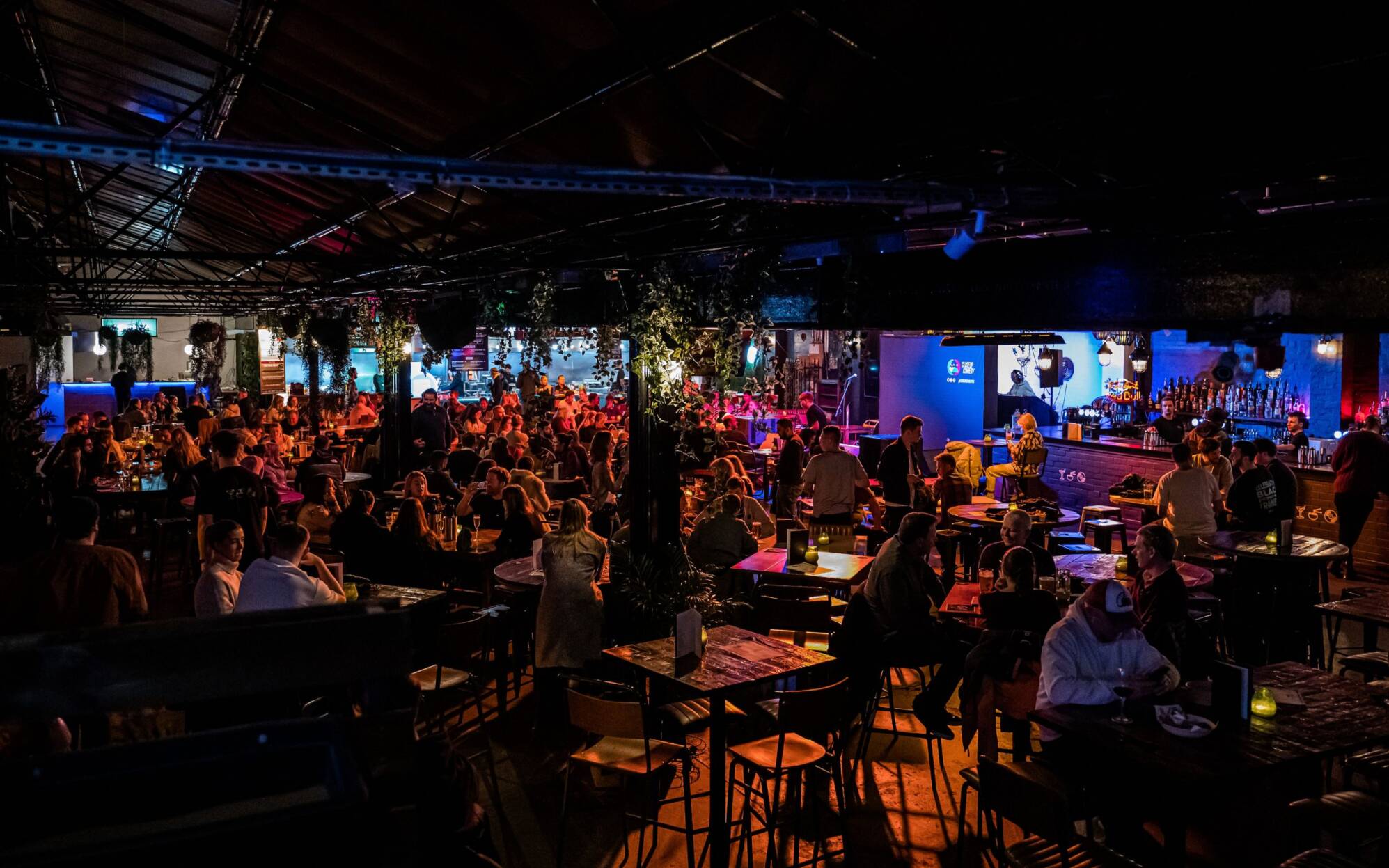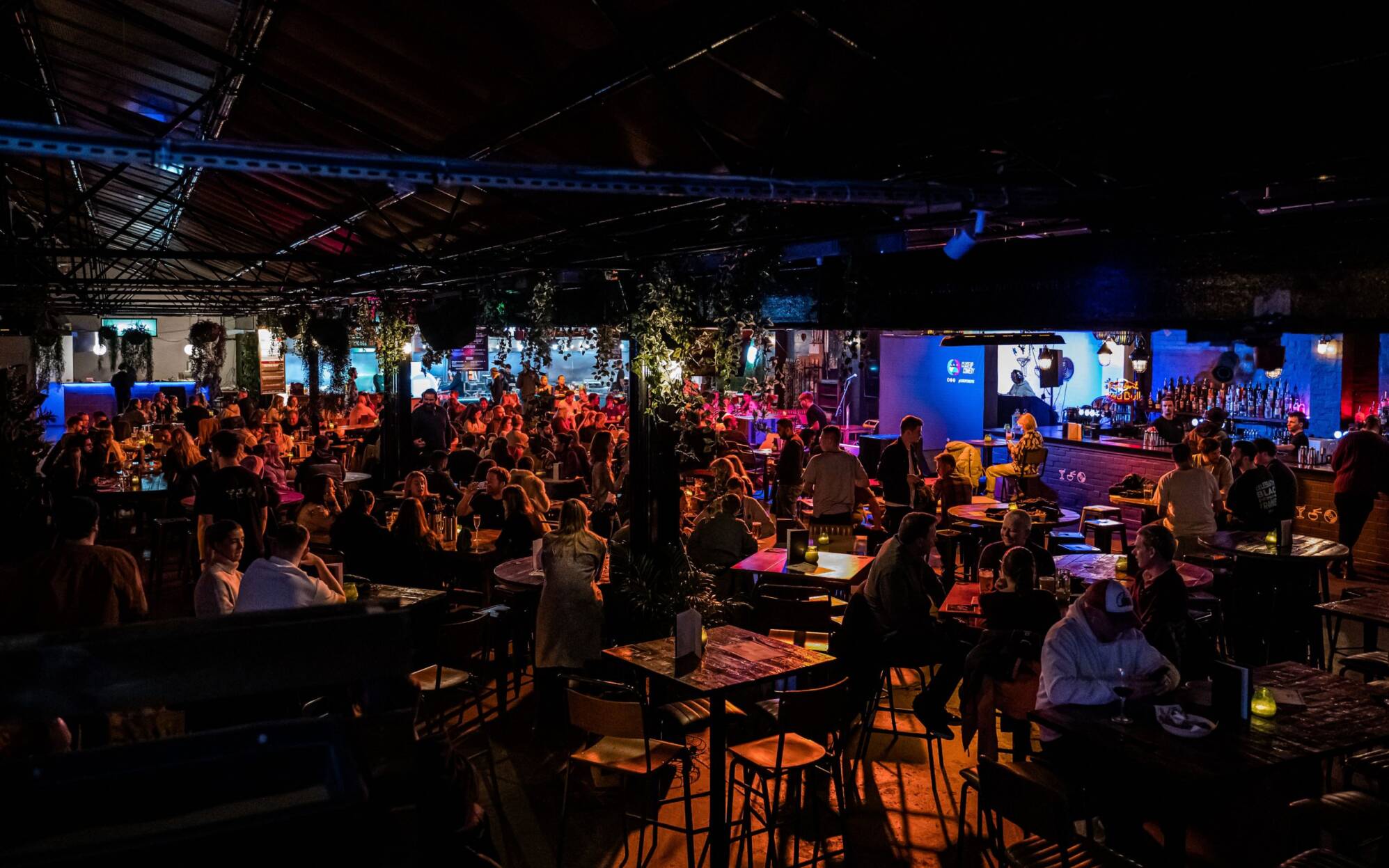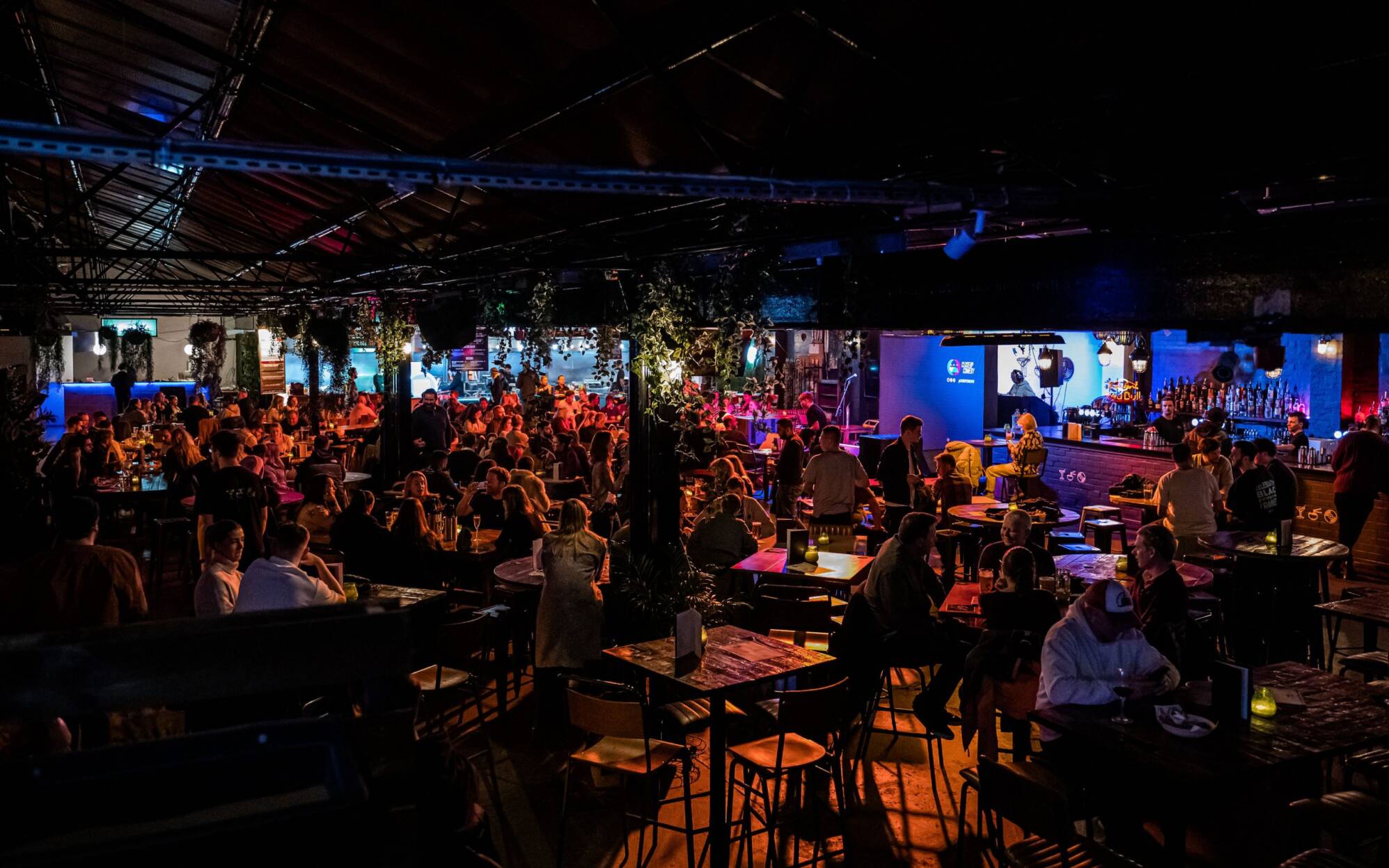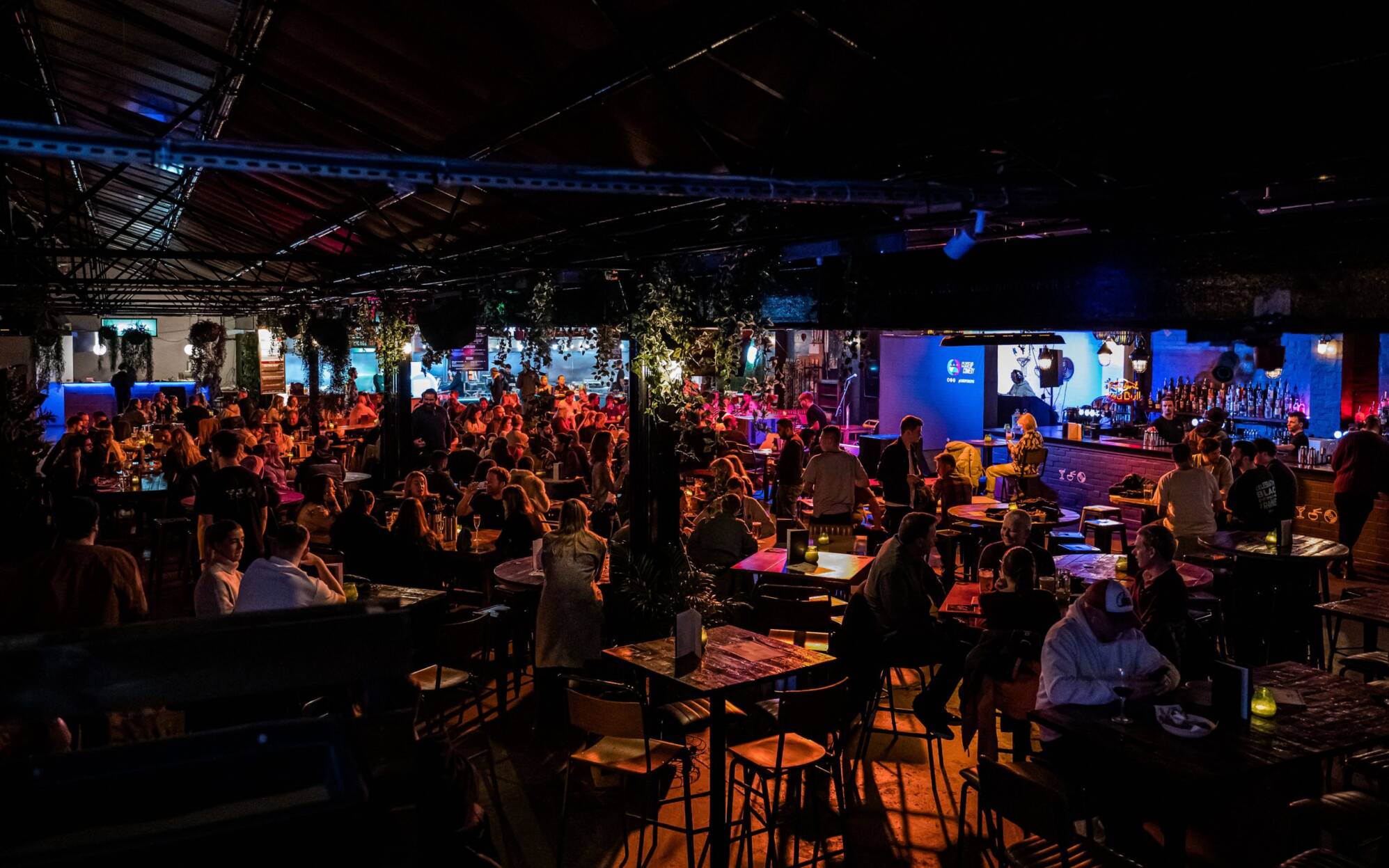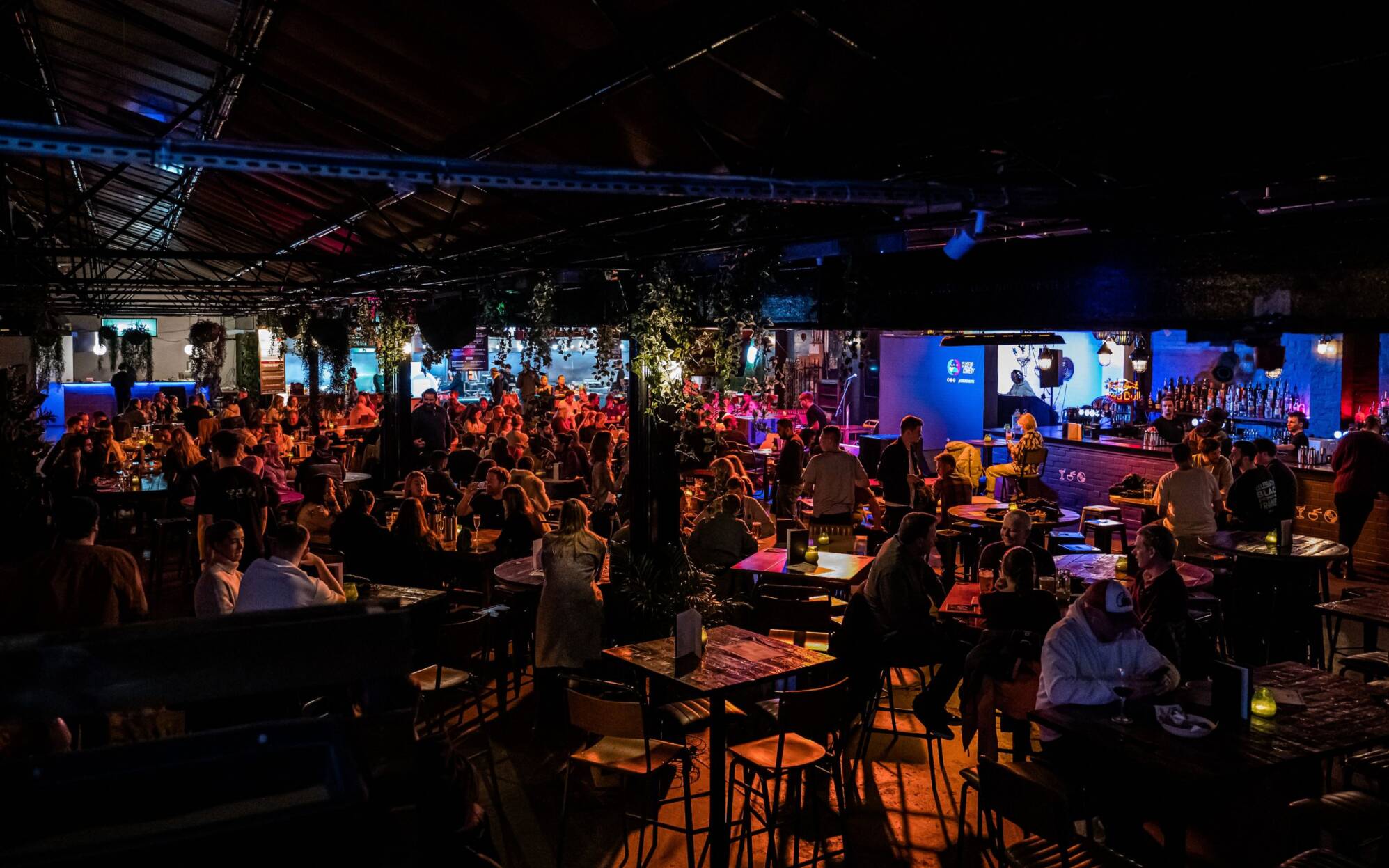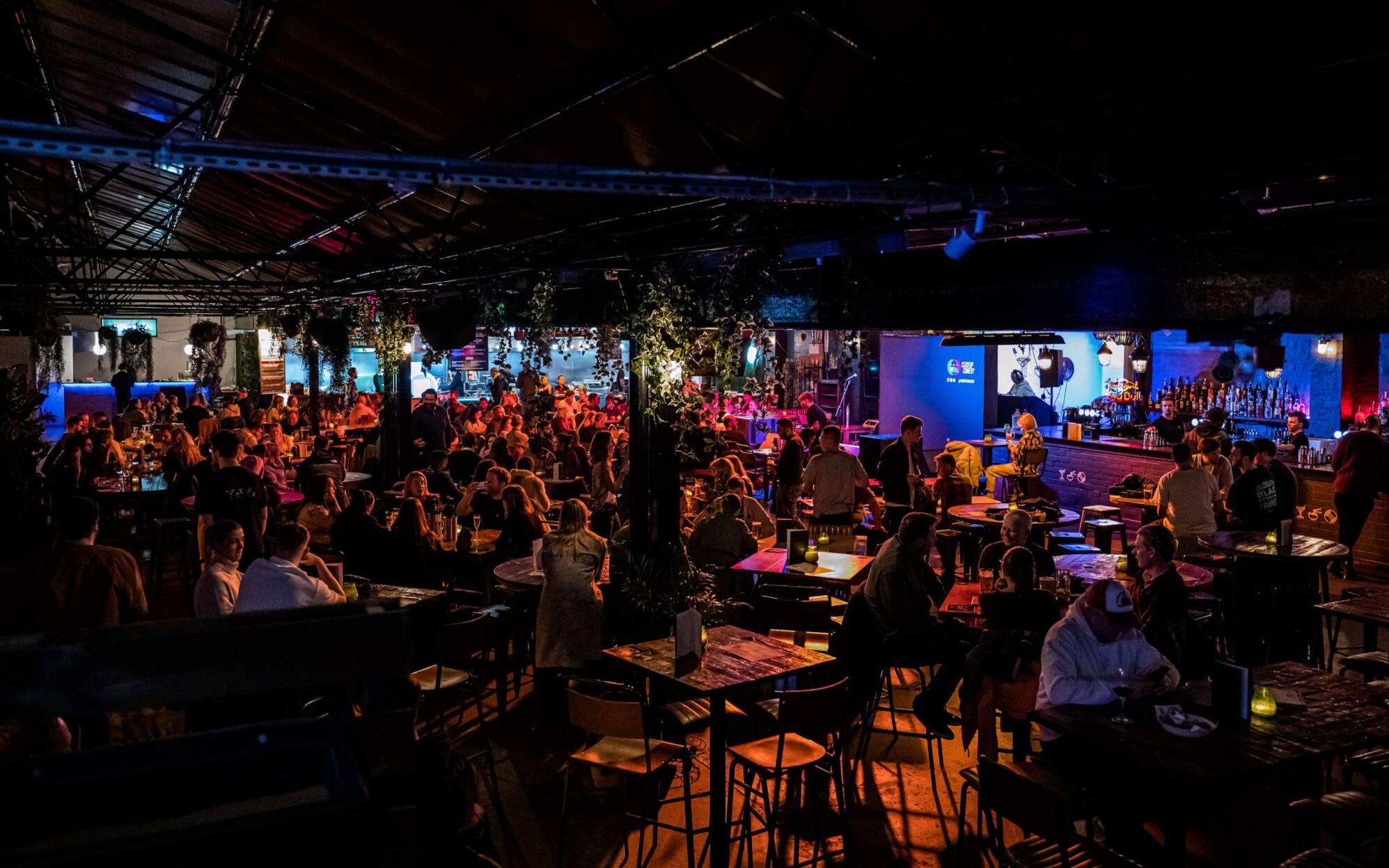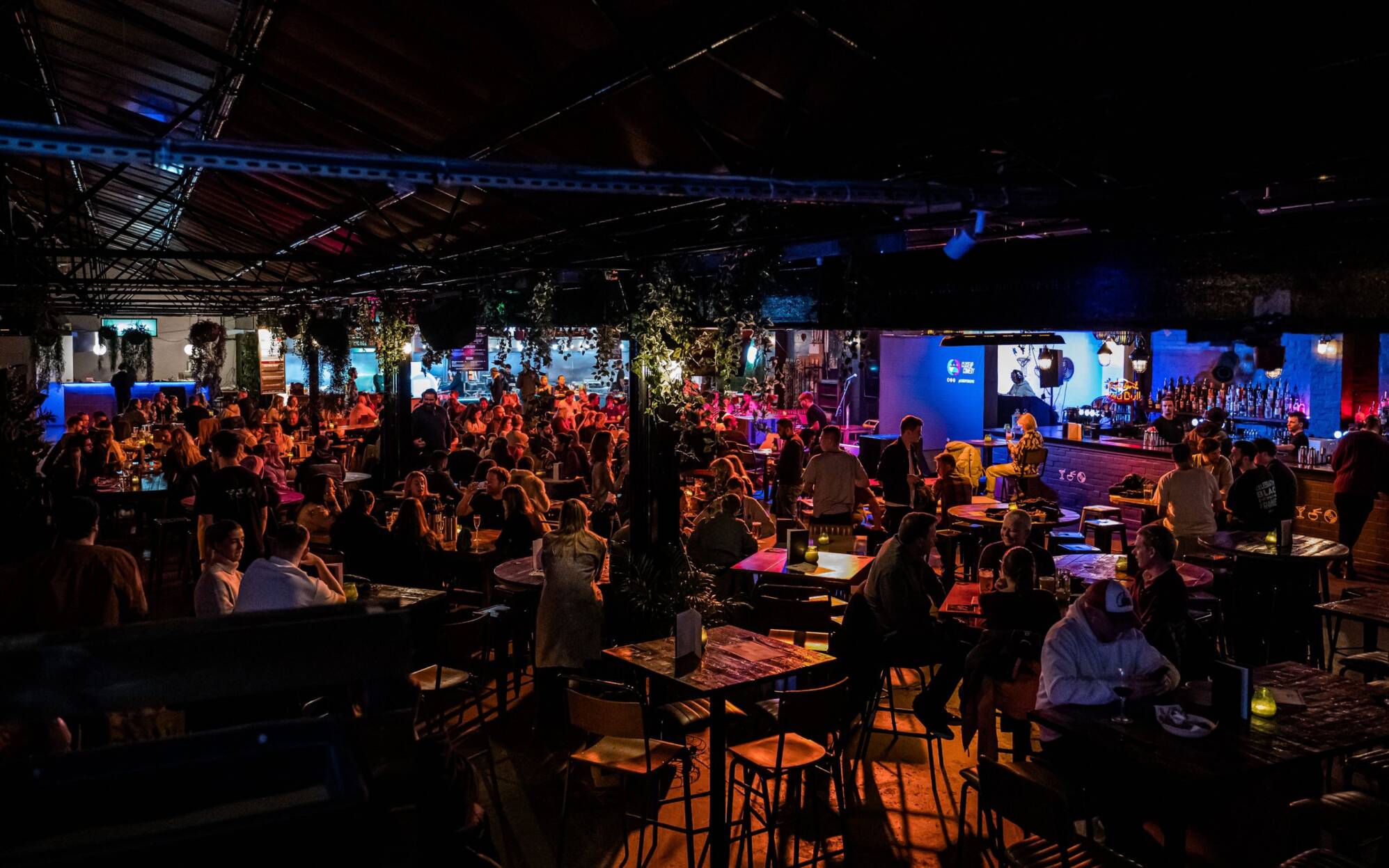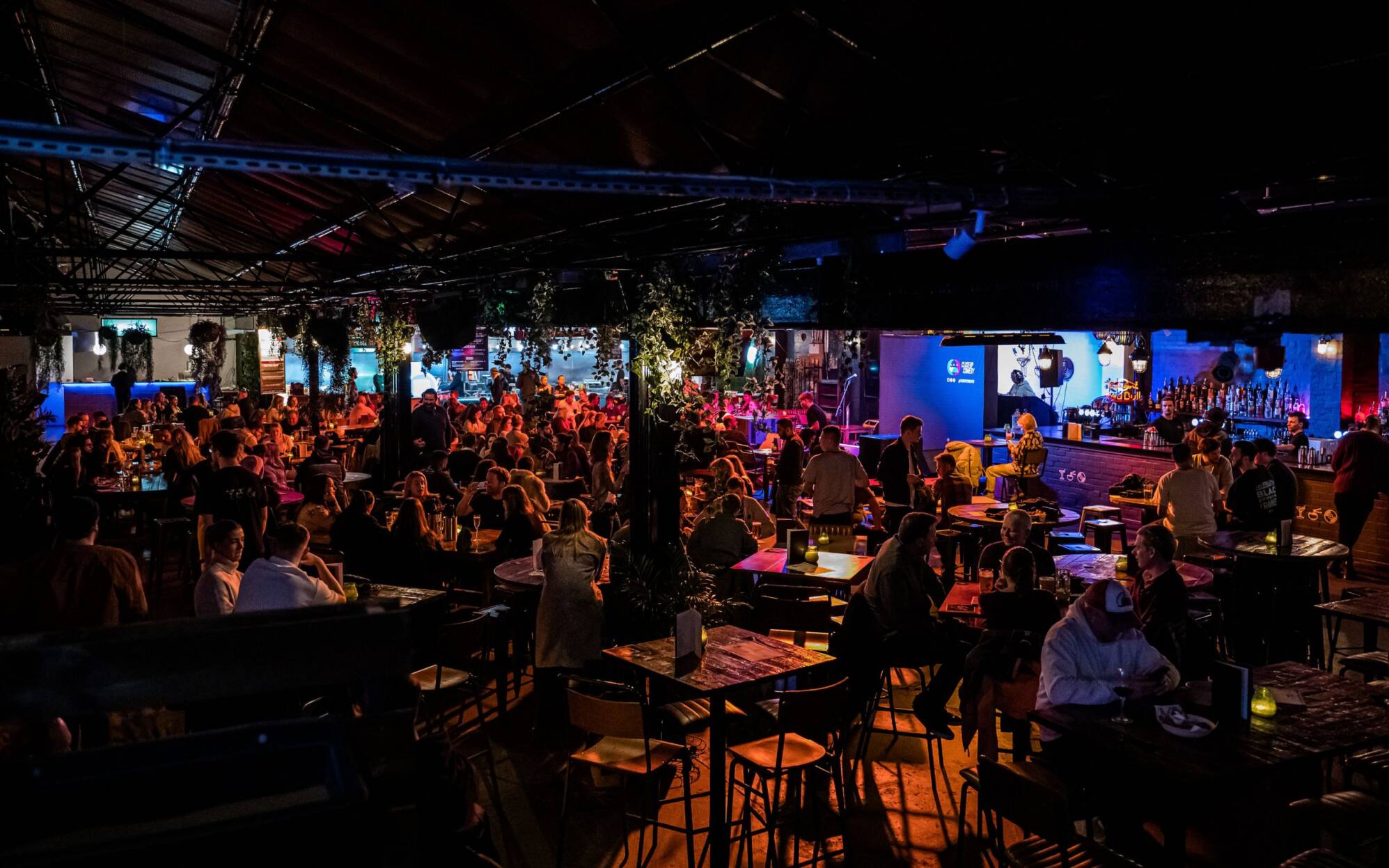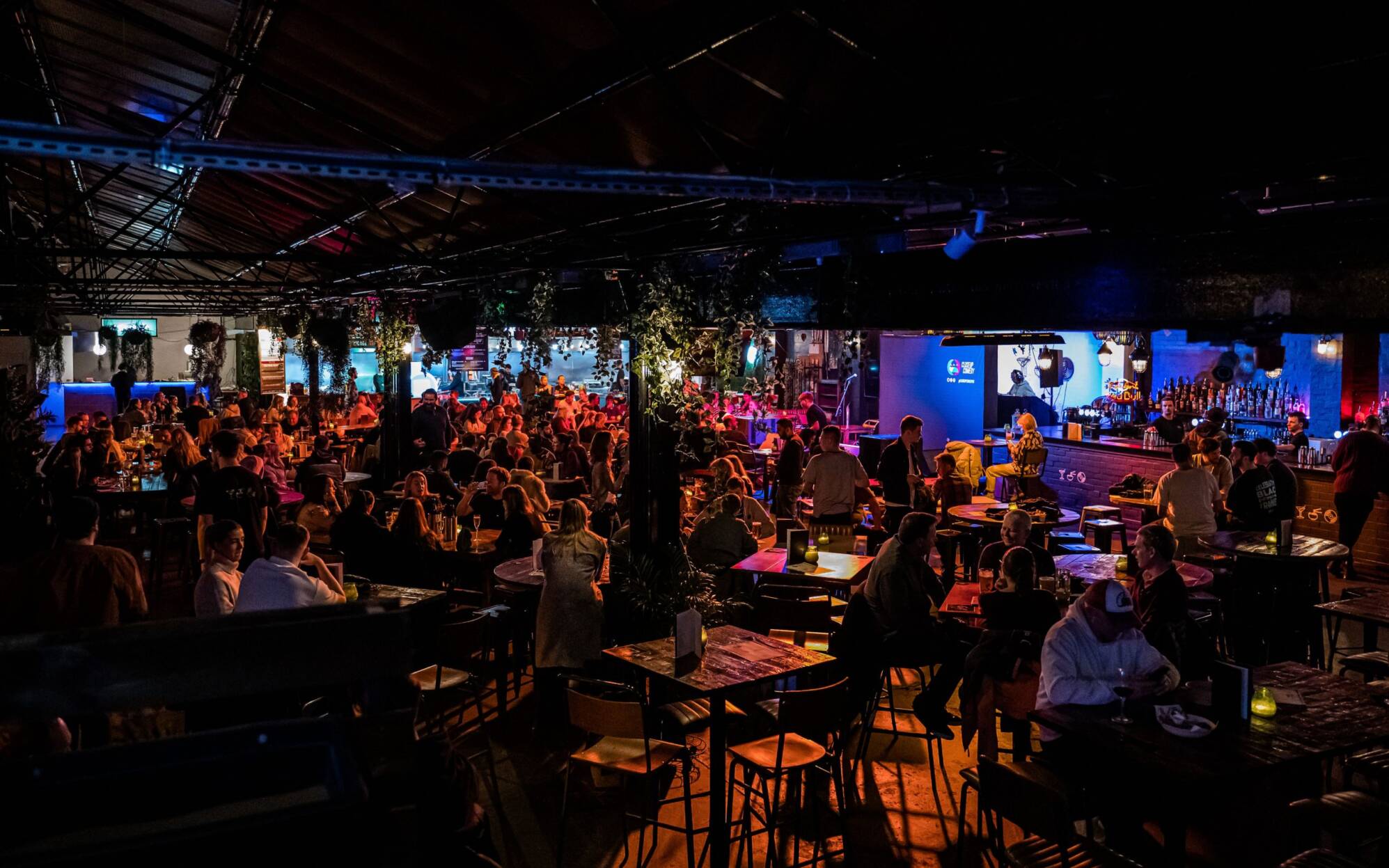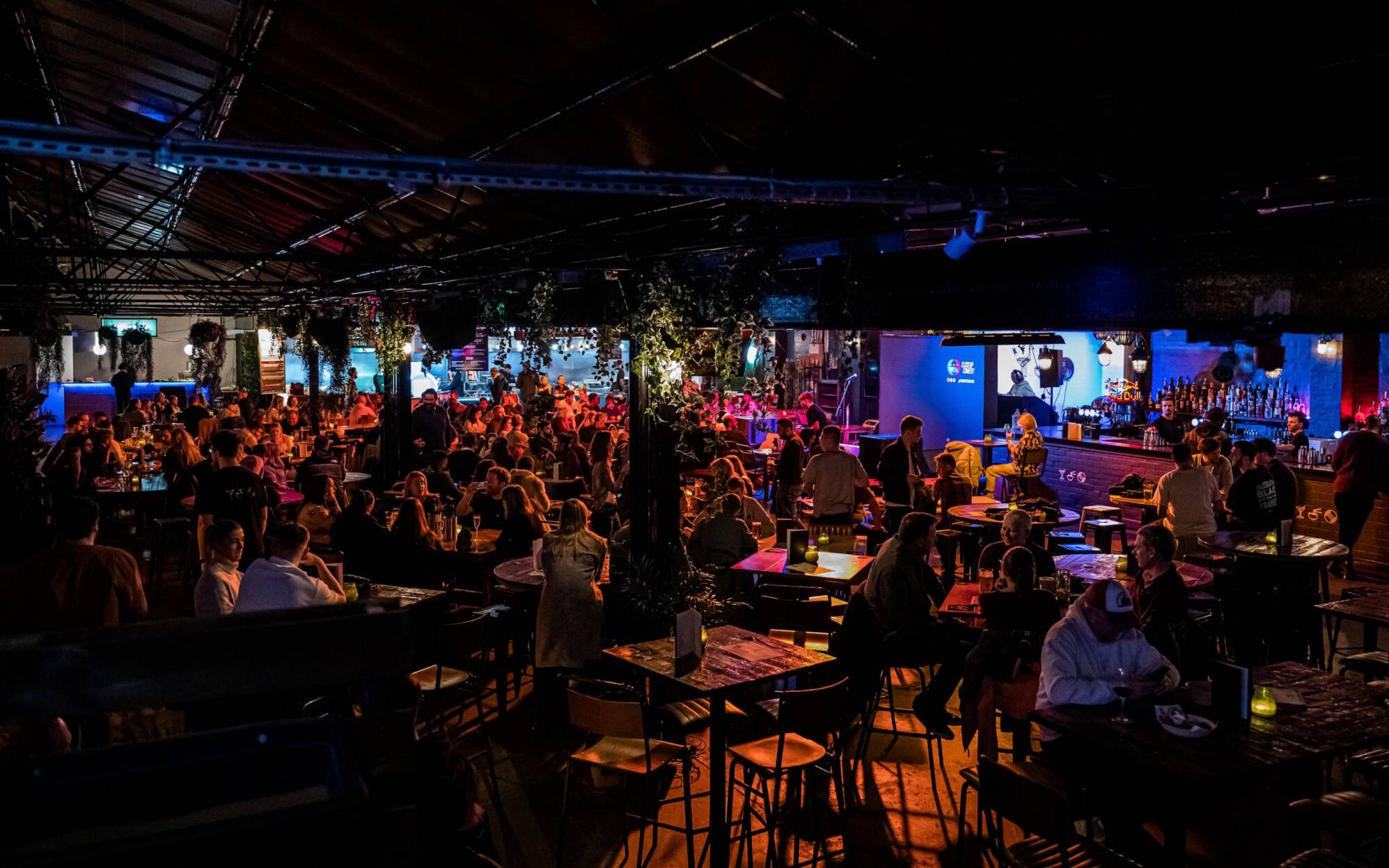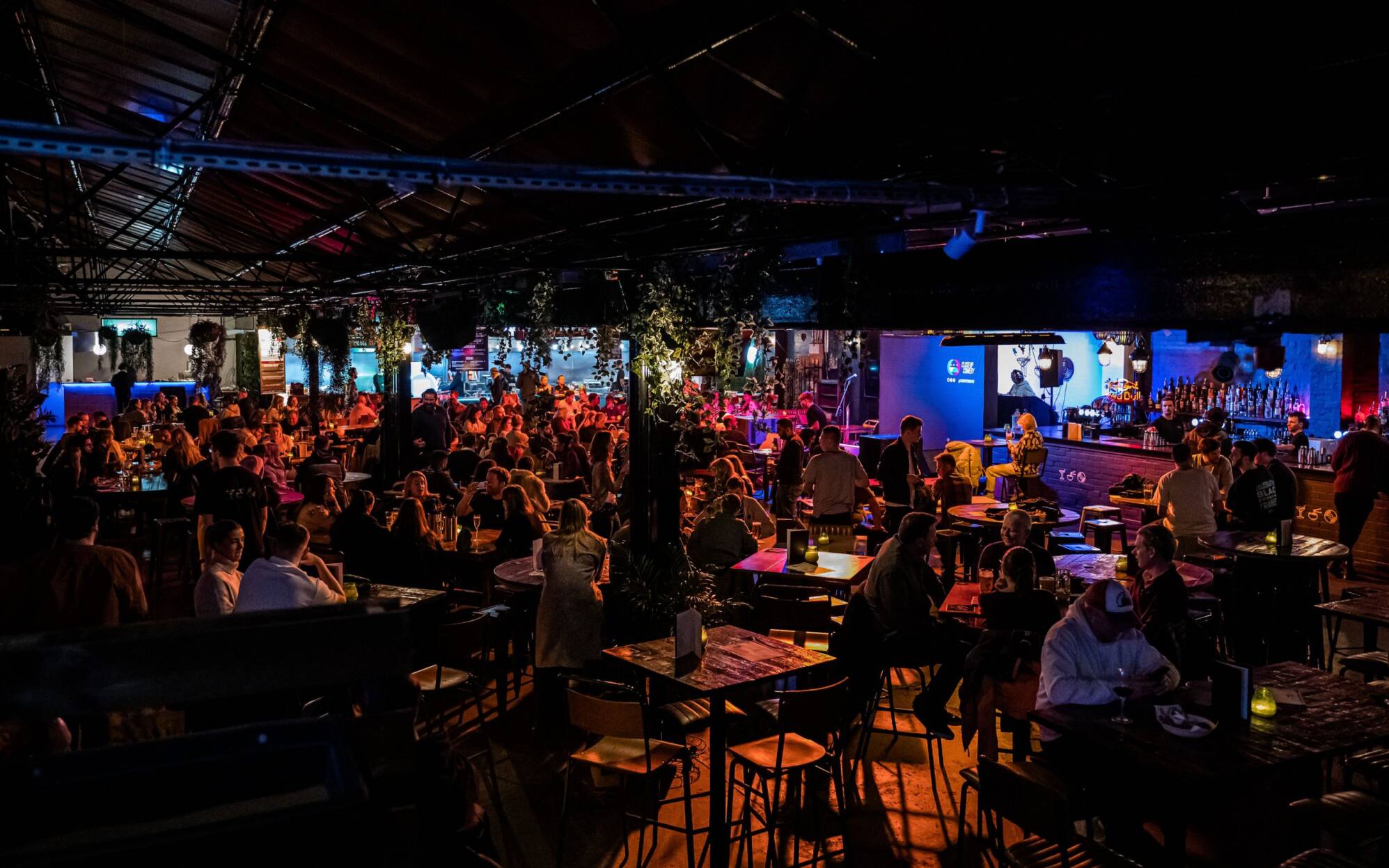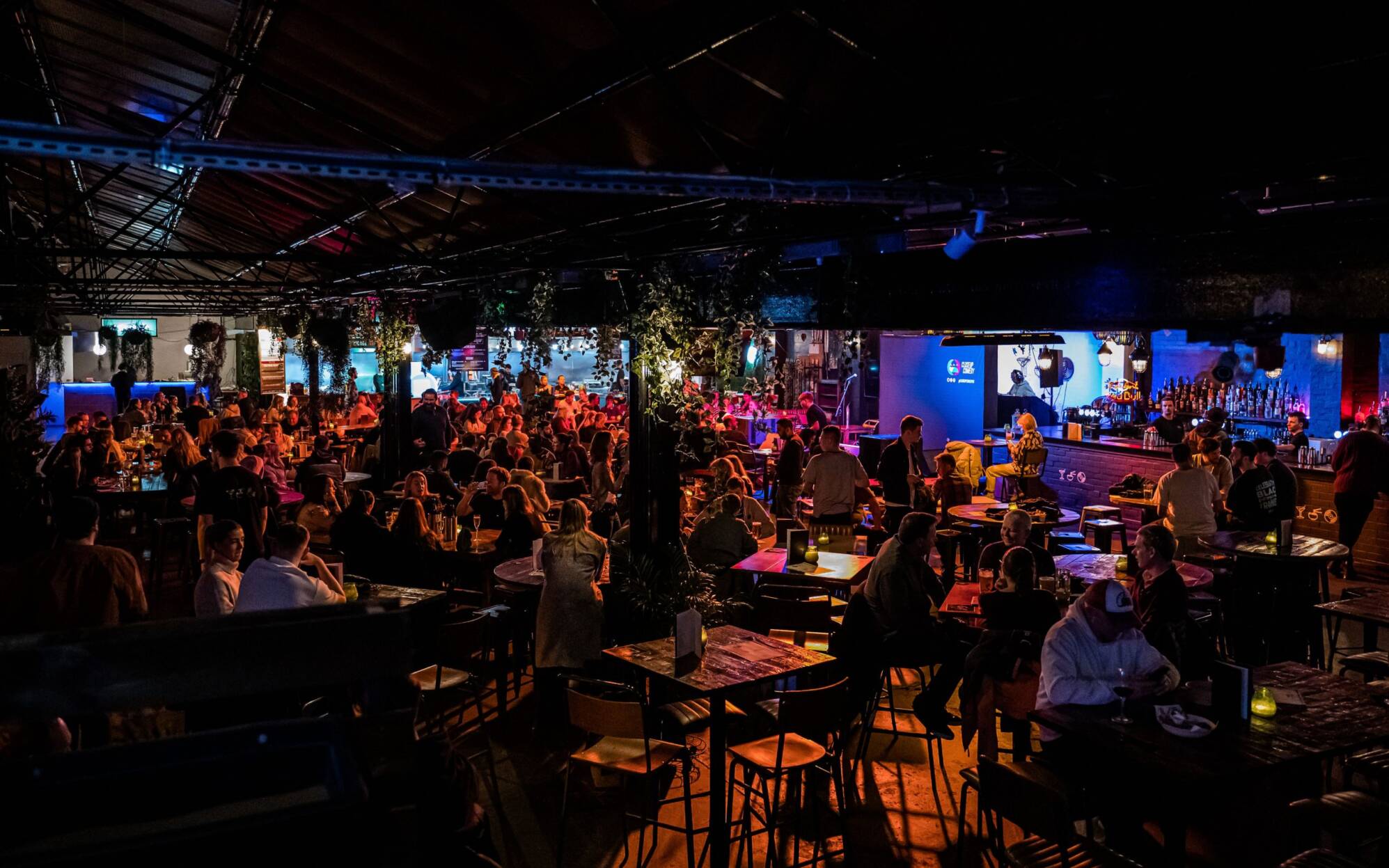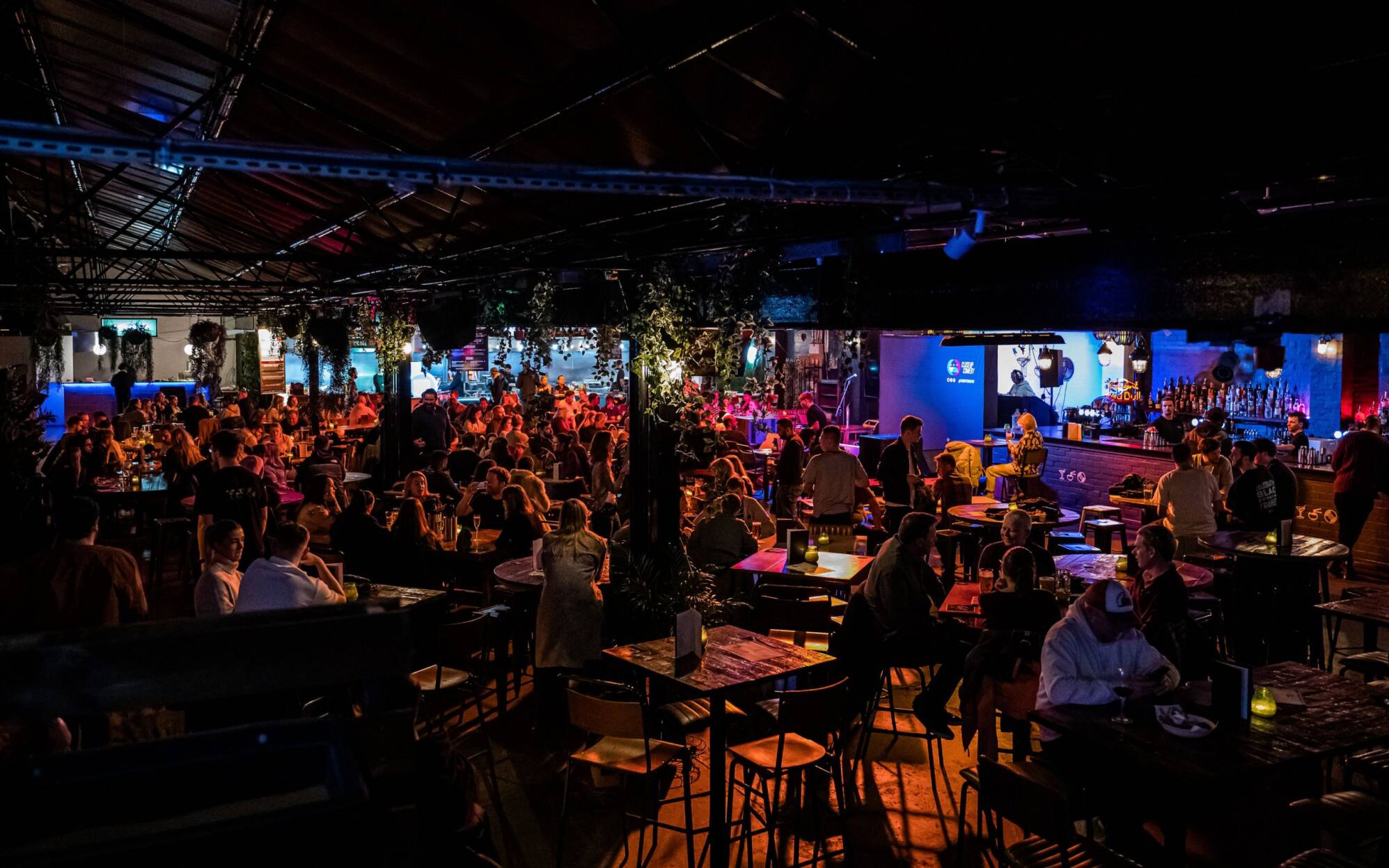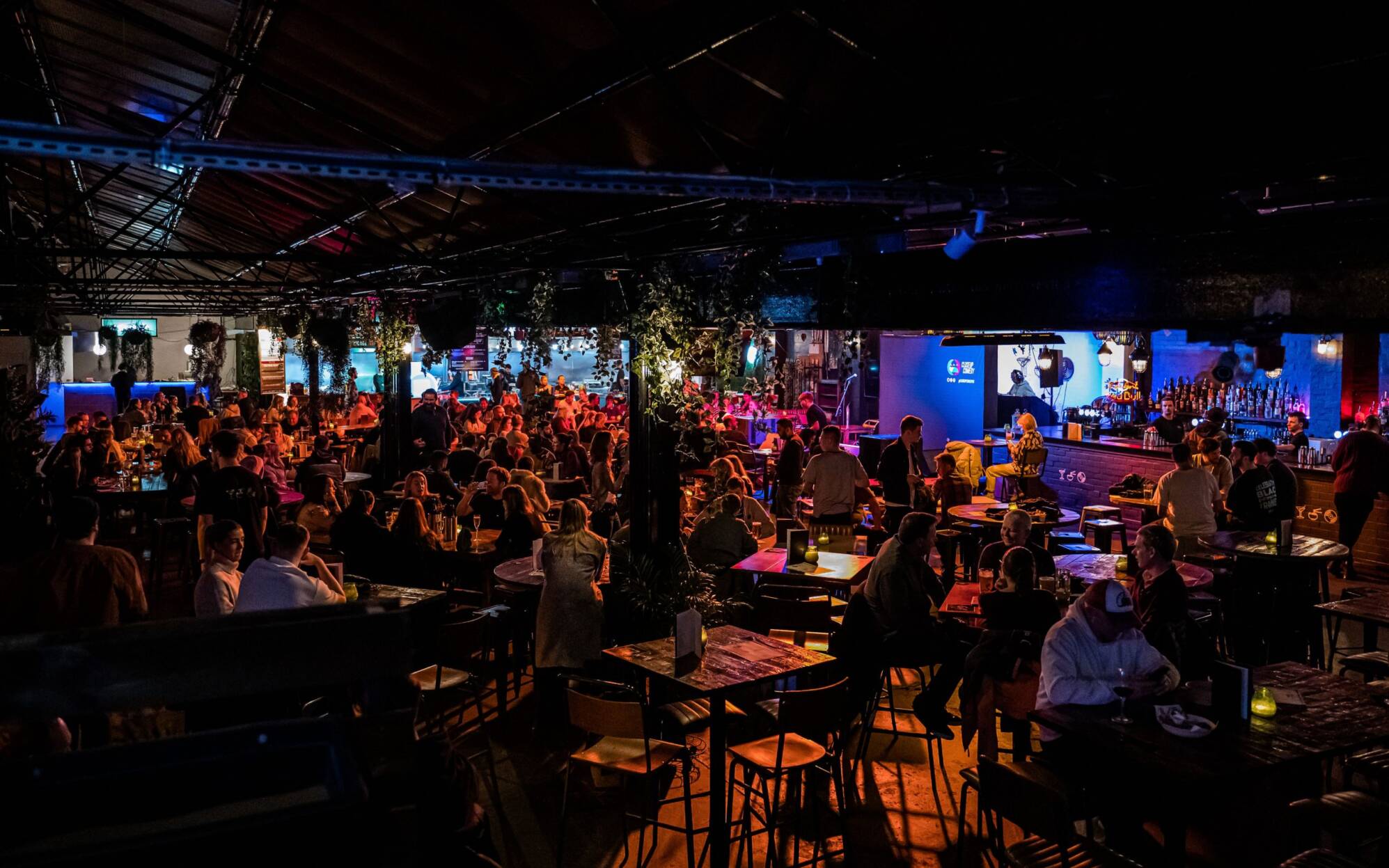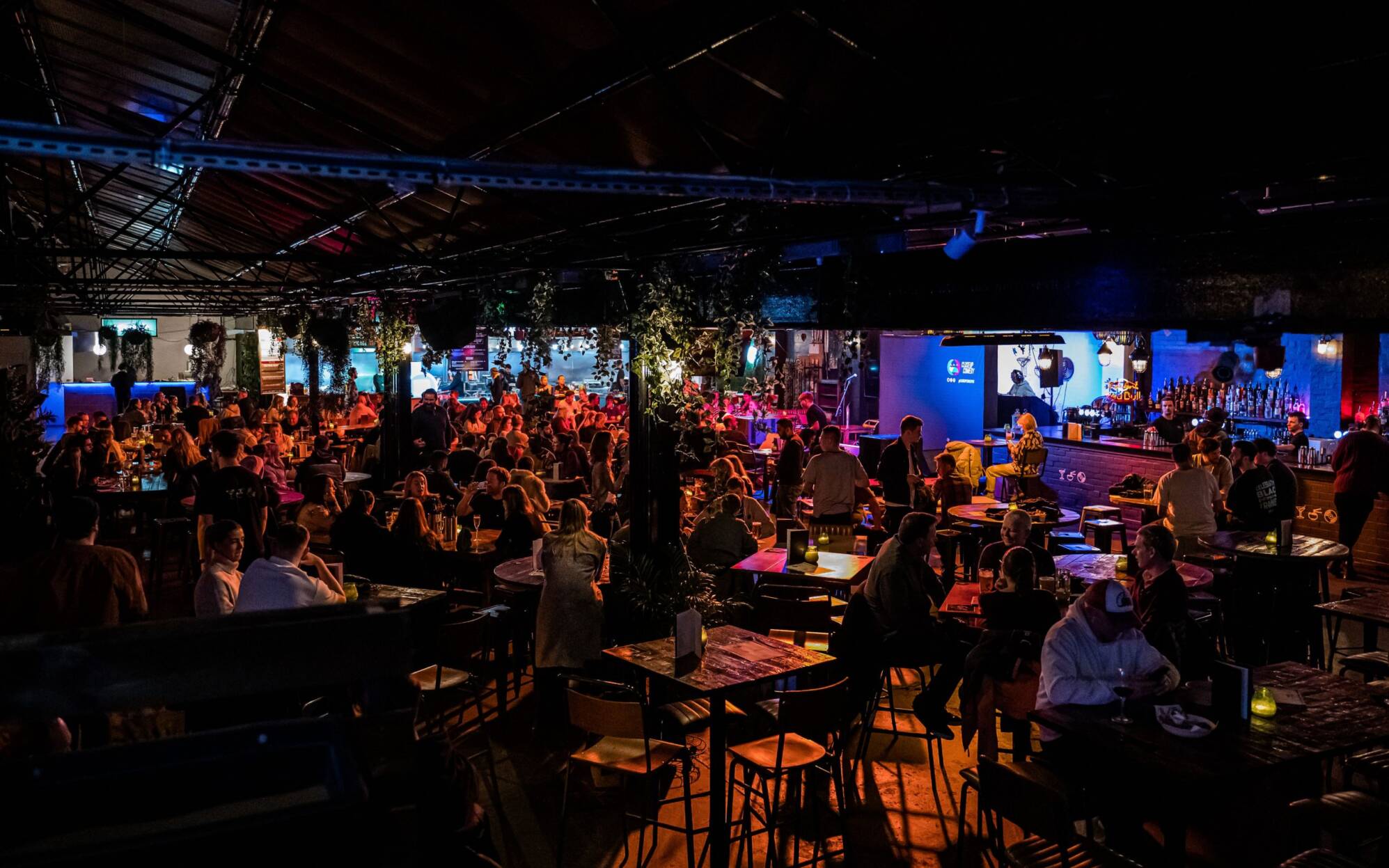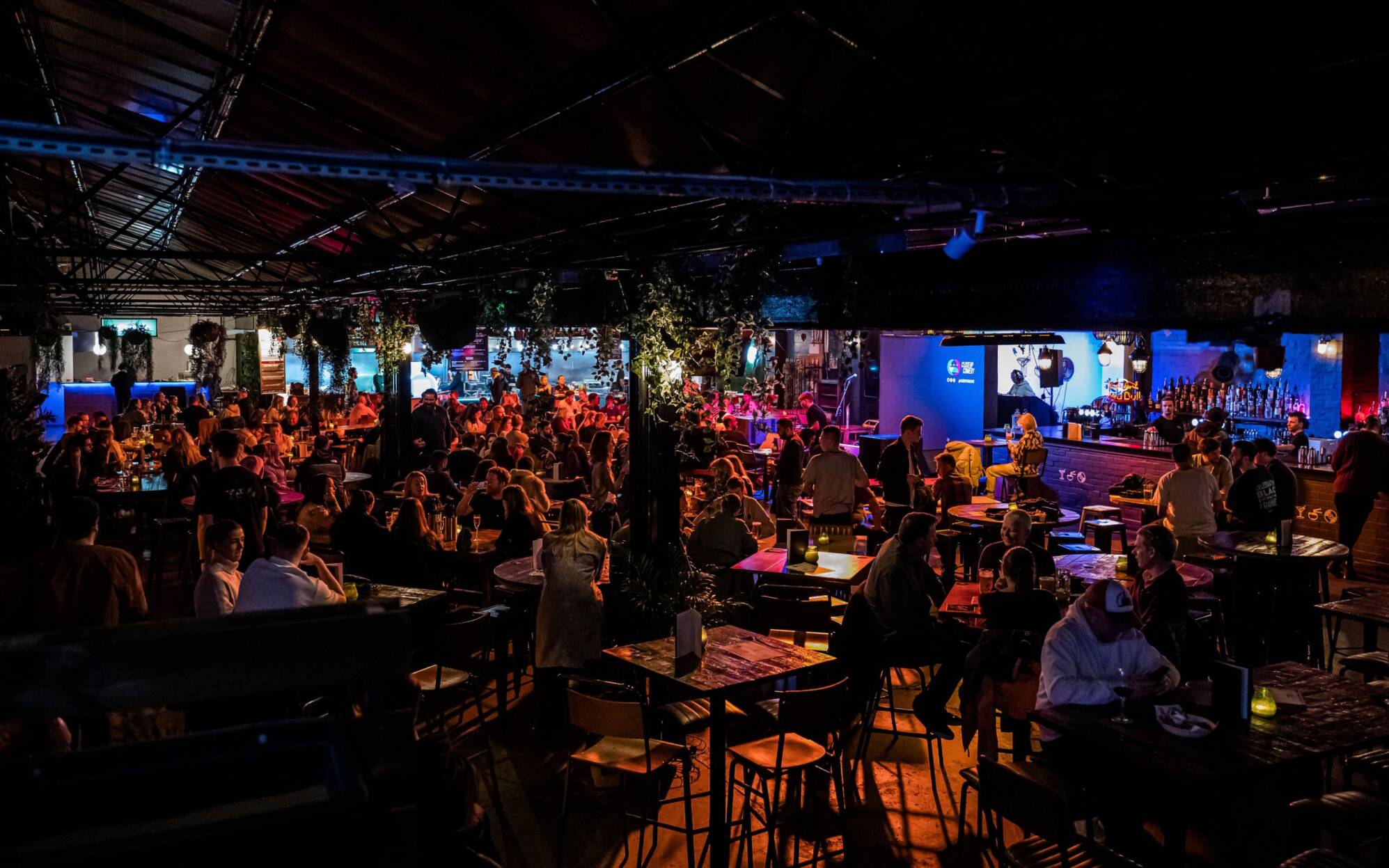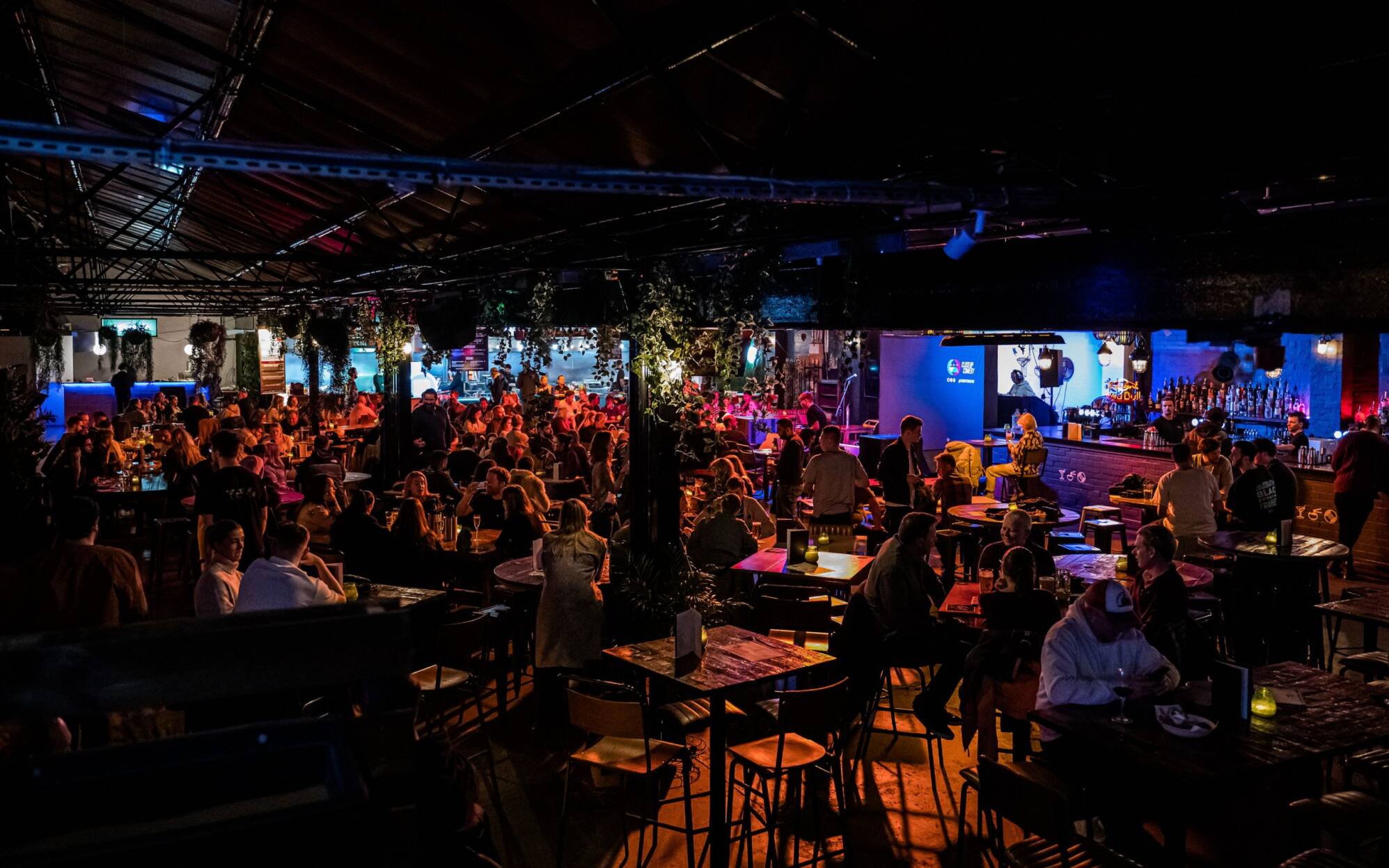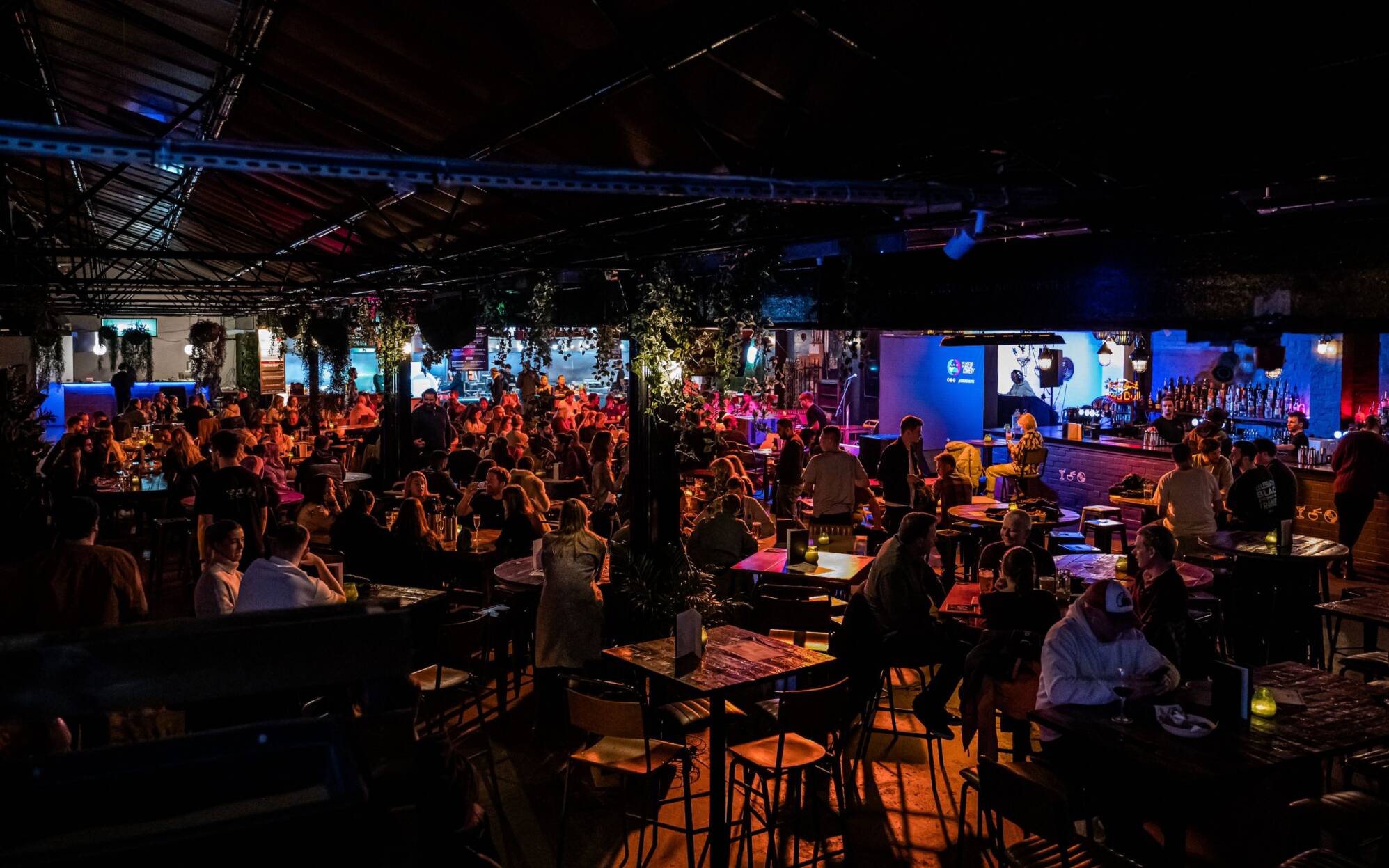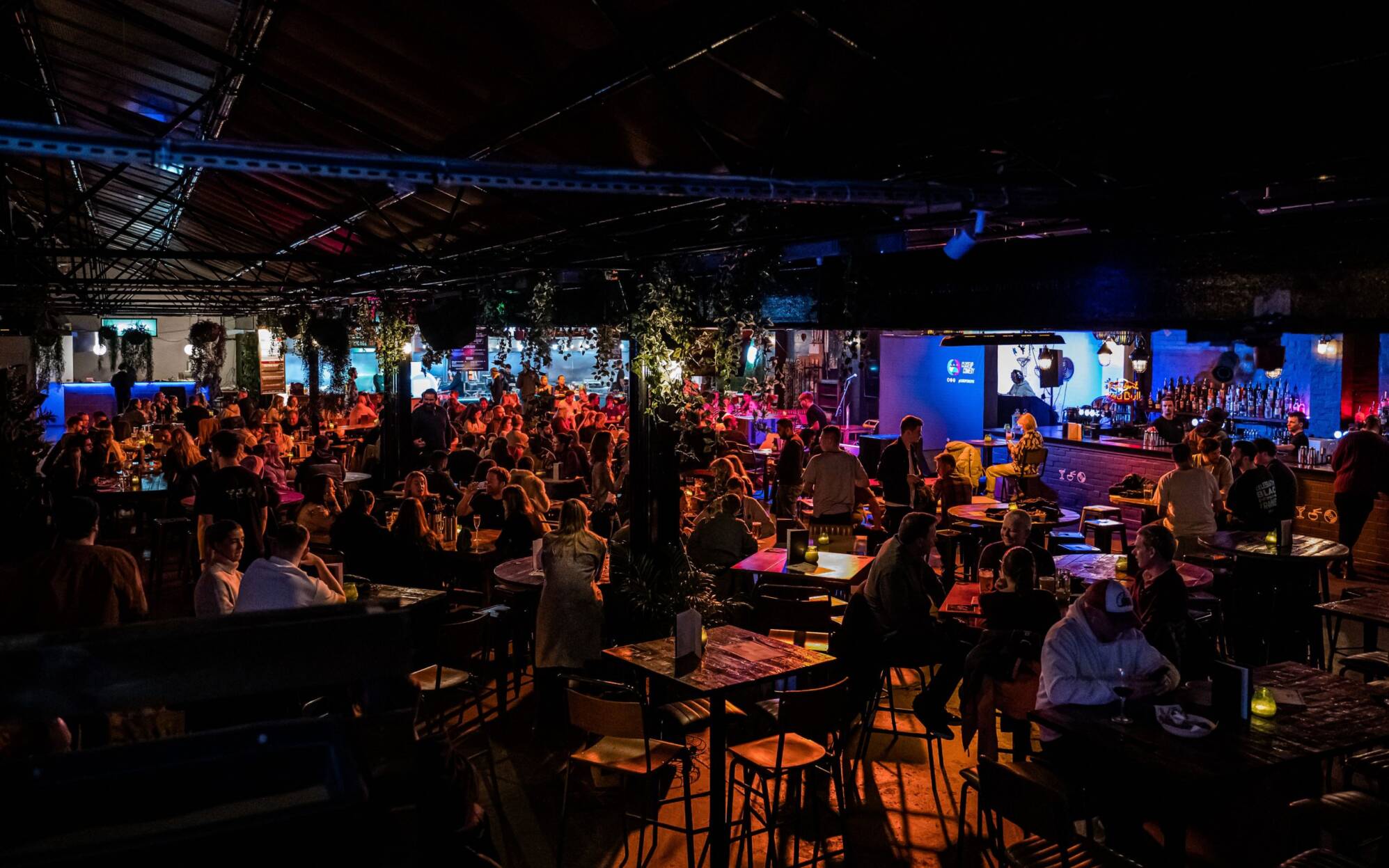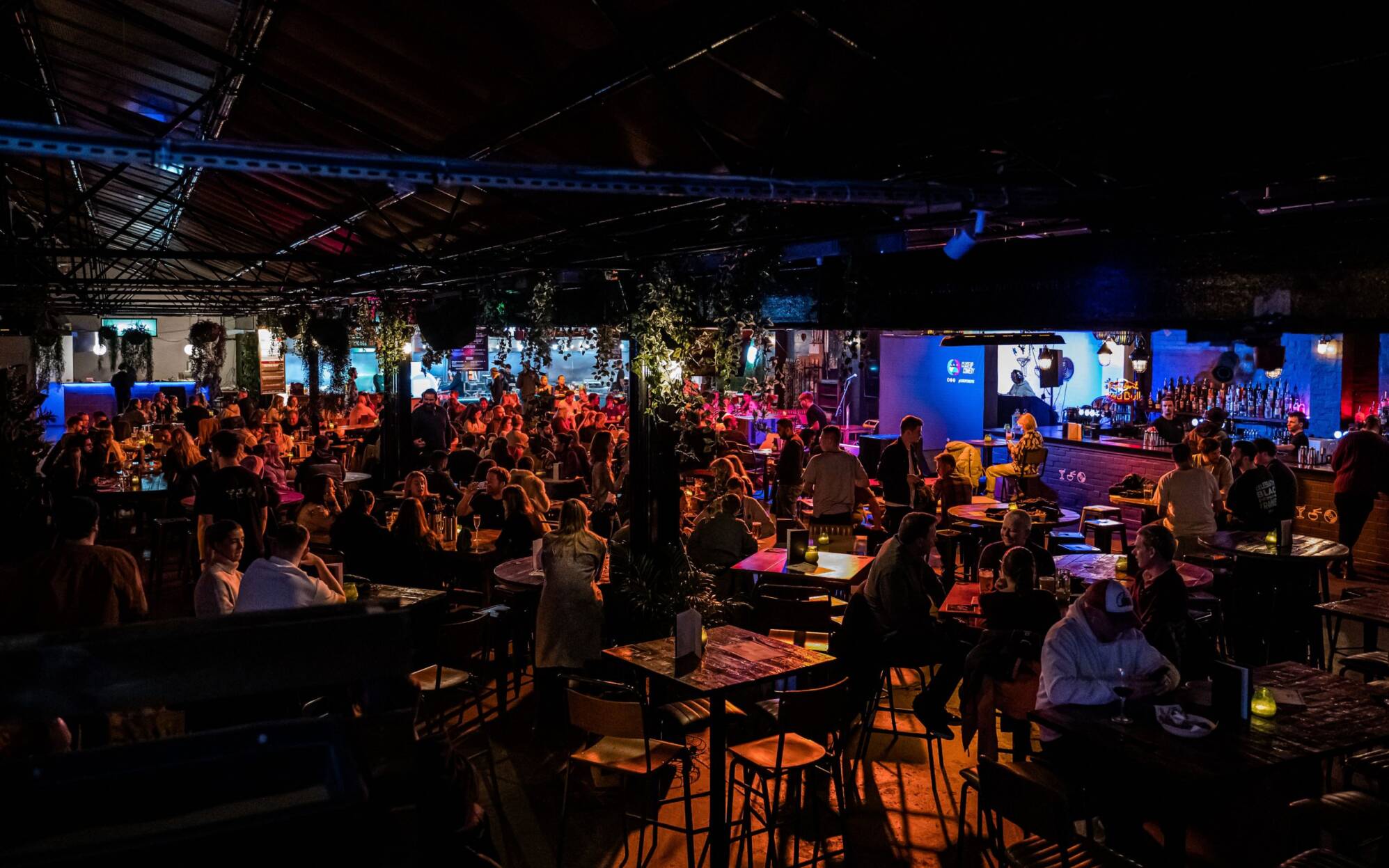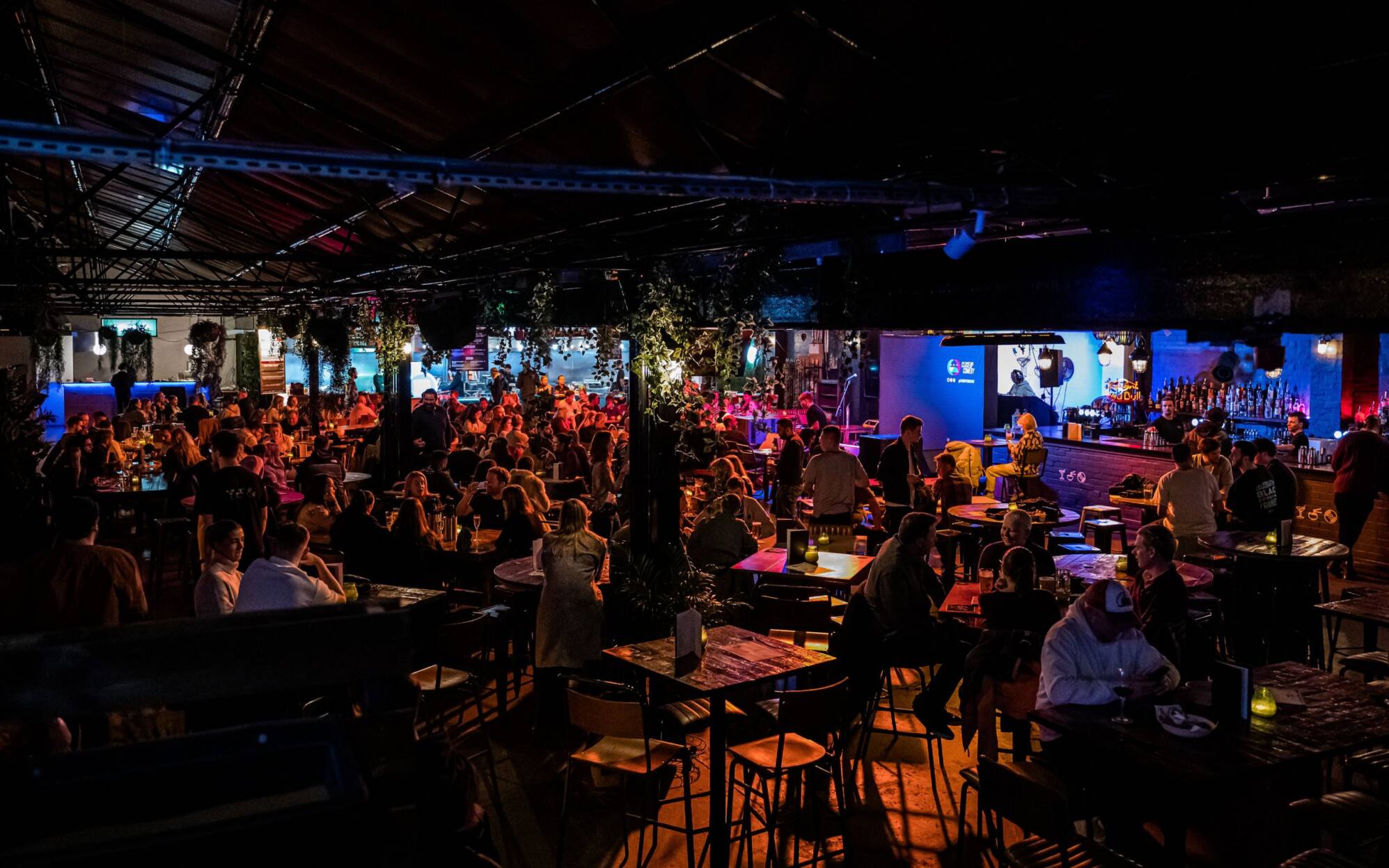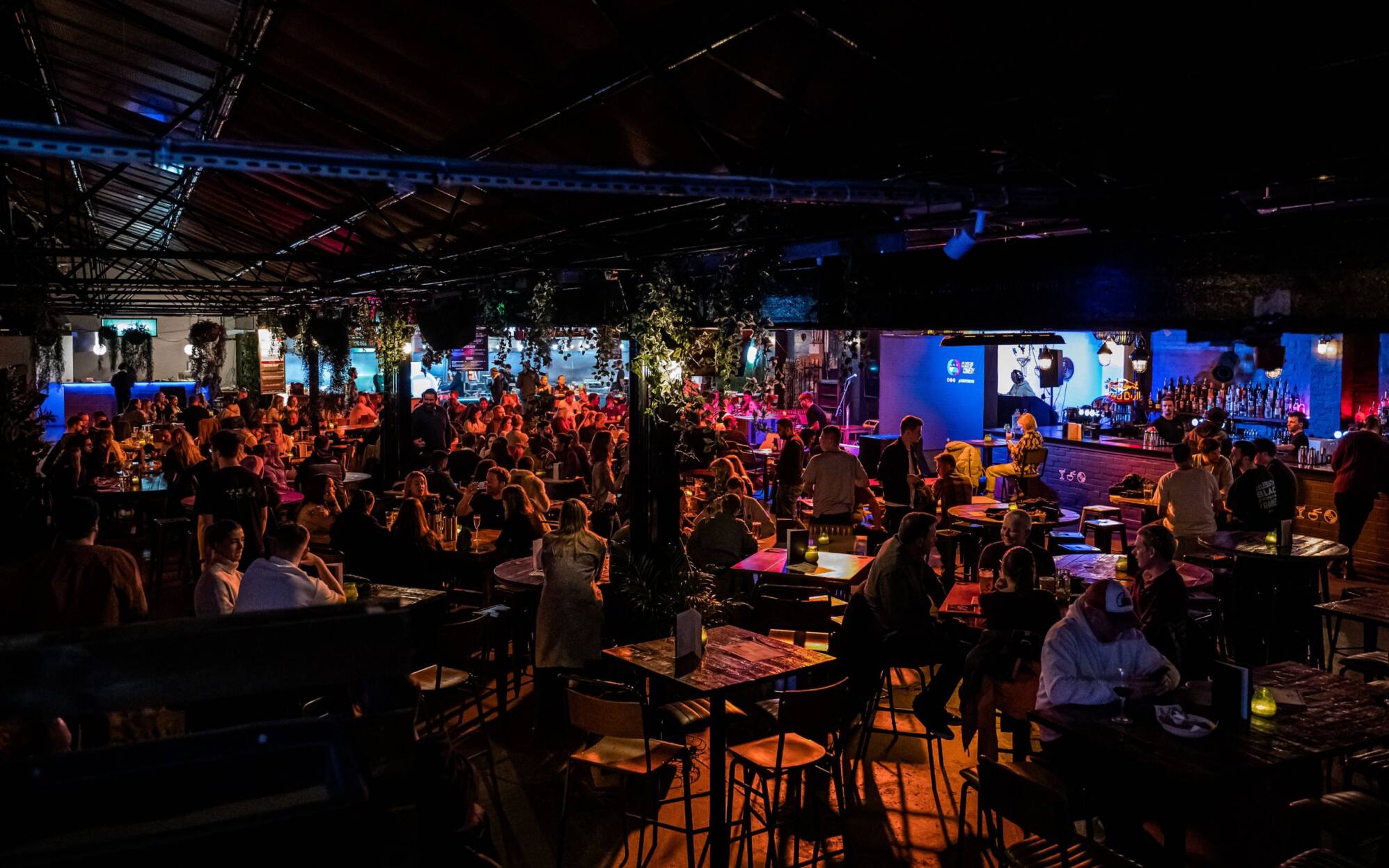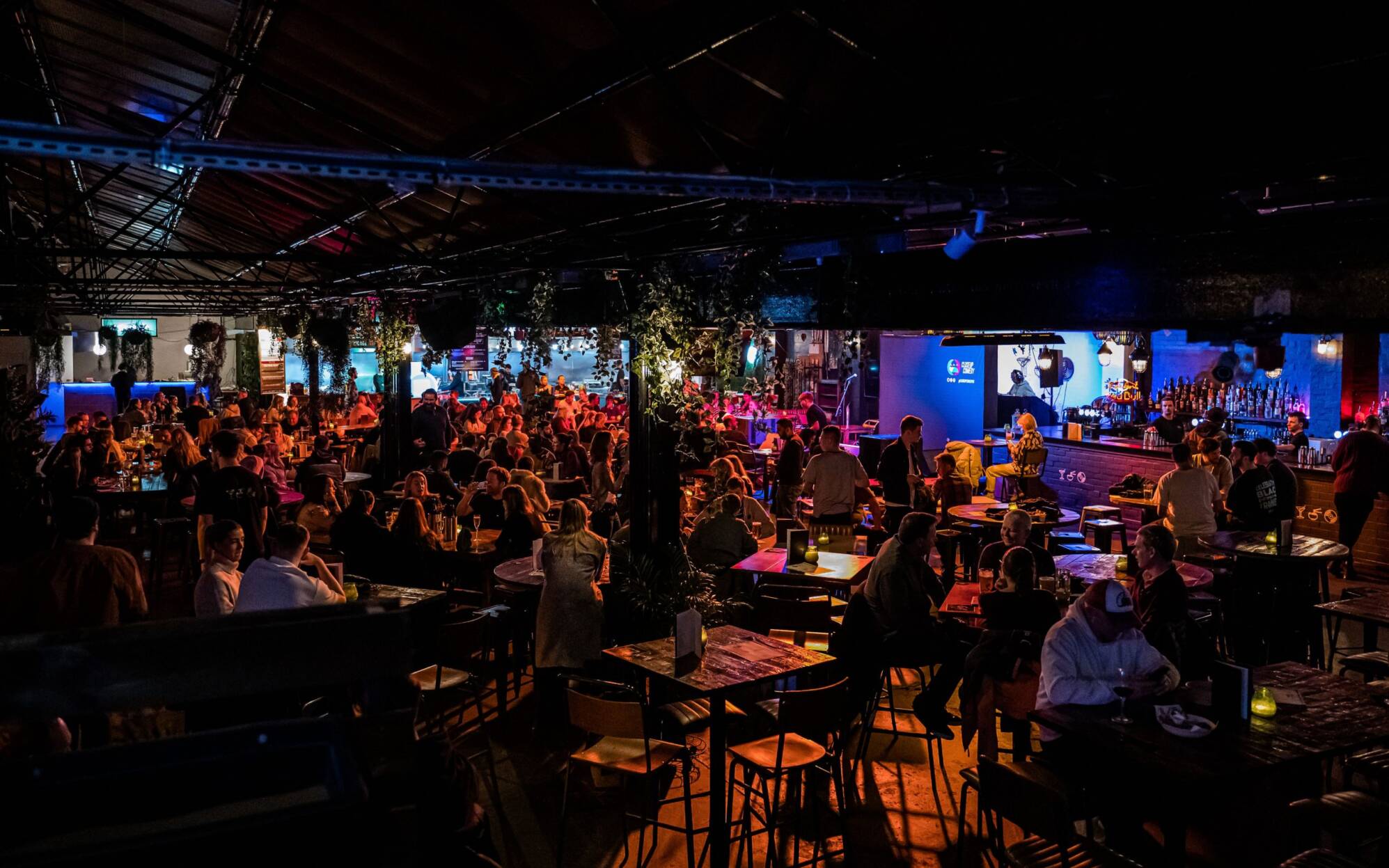Social clubs form the backbone of community life across the UK, providing essential gathering spaces for everything from working men's clubs and sports clubs to hobby groups and charitable organizations. Whether you're running a local cricket club, a community center, or a members-only social venue, protecting your staff and volunteers through comprehensive employers liability insurance isn't just good practice – it's a legal requirement that could save your club from financial ruin.
Understanding Social Club Employers Liability Insurance
Employers liability insurance for social clubs provides essential protection when staff members, volunteers, or temporary workers suffer injuries or illnesses directly related to their work at your venue. Unlike standard public liability insurance that covers visitors and members, employers liability specifically protects those who work for your organization, whether they're paid employees, unpaid volunteers, or casual workers helping with events.
Social clubs face unique challenges when it comes to staff protection. Your workforce might include full-time bar staff, part-time cleaners, volunteer committee members, casual event helpers, and seasonal groundskeepers. Each category of worker brings different risks and requires appropriate coverage under your employers liability policy.
The legal framework surrounding employers liability insurance applies to social clubs just as it does to commercial businesses. Under the Employers' Liability (Compulsory Insurance) Act 1969, any organization that employs staff must maintain minimum coverage of £5 million, though most insurers now provide £10 million as standard. This requirement extends to clubs with even a single employee, making it virtually impossible for active social clubs to operate legally without this protection.
Common Workplace Risks in Social Clubs
Social clubs present a complex mix of workplace hazards that can affect staff across multiple areas of operation. Understanding these risks helps club committees and managers implement appropriate safety measures while ensuring their employers liability insurance provides adequate coverage.
Bar and Catering Operations
Bar areas represent significant risk zones within social clubs. Staff face dangers from broken glass, wet floors from spilled drinks, burns from hot equipment, and potential injuries from moving heavy kegs or stock. Kitchen operations, whether for regular meals or special events, introduce additional hazards including burns from cooking equipment, cuts from knives and food preparation tools, slips on greasy floors, and potential injuries from lifting heavy pots or equipment.
Staff working in these areas may also face risks from aggressive or intoxicated patrons, particularly during busy periods or special events. While public liability insurance covers incidents involving members or visitors, employers liability protects staff who might be injured while dealing with difficult situations or crowd control.
Maintenance and Groundskeeping
Social clubs typically maintain extensive facilities including sports pitches, gardens, car parks, and buildings that may date back decades. Maintenance staff face risks from power tools, electrical equipment, chemicals used for cleaning or groundskeeping, and working at height for tasks like gutter cleaning or roof repairs.
Groundskeeping activities present their own set of hazards, from lawn mowers and strimming equipment to fertilizers and pest control chemicals. Staff may also face risks from uneven ground, weather exposure, and potential injuries from sports equipment or facilities they're maintaining.
Event Management and Setup
Social clubs regularly host events ranging from wedding receptions and birthday parties to charity fundraisers and community meetings. Staff involved in event setup and management face risks from lifting heavy tables and chairs, working with electrical equipment for lighting or sound systems, and potential injuries from decorating or preparing venues.
During events, staff may work longer hours, face increased pressure, and deal with larger crowds than usual. These factors can increase the likelihood of accidents, making comprehensive employers liability coverage essential for protecting both permanent staff and temporary event helpers.
Administrative and Committee Work
Even office-based roles within social clubs carry risks. Administrative staff may suffer repetitive strain injuries from computer work, back problems from filing or lifting boxes of documents, or injuries from office equipment. Committee members and volunteers might face risks during site inspections, meeting setup, or when handling club business that requires physical activity.
Volunteer Worker Considerations
Many social clubs rely heavily on volunteer labor, from committee members and event organizers to maintenance helpers and fundraising coordinators. The legal status of volunteers regarding employers liability insurance can be complex, but most insurers now recognize that volunteers performing regular duties for an organization should be covered under employers liability policies.
Volunteer coverage becomes particularly important during major events or ongoing projects where unpaid helpers might be performing tasks similar to those carried out by paid employees. Courts have increasingly recognized that volunteers deserve similar protection to employees when injured while carrying out organized activities for a club or organization.
Legal Requirements and Compliance
Social clubs must comply with the same employers liability insurance requirements as commercial businesses. The minimum legal requirement of £5 million coverage applies regardless of club size, membership numbers, or annual turnover. However, given the potential costs of serious workplace injuries, most insurance experts recommend higher coverage limits.
Clubs must display their employers liability insurance certificate prominently where employees can easily see it, typically in staff areas or on notice boards. The certificate must be current and clearly show the policy details, coverage amounts, and validity period. Failure to display current certification can result in fines even if valid insurance is in place.
Record-keeping requirements extend beyond simply maintaining current insurance. Clubs should keep copies of all employers liability certificates for at least 40 years, as workplace injury claims can be made decades after the original incident, particularly for conditions like asbestos exposure or repetitive strain injuries that develop over time.
Coverage Details and Policy Features
Modern employers liability insurance for social clubs typically provides comprehensive coverage extending well beyond basic injury compensation. Policies generally include legal defense costs, which can be substantial even for unsuccessful claims, and compensation for lost wages during recovery periods.
Coverage usually extends to work-related illnesses as well as accidents, including conditions that develop over time such as repetitive strain injuries, hearing loss from prolonged exposure to loud environments, or respiratory problems from cleaning chemicals or dust exposure. This aspect of coverage is particularly relevant for clubs with long-serving staff members who may develop work-related health issues over many years.
Most policies also provide coverage for psychological injuries related to workplace incidents, recognizing that traumatic events at work can have lasting mental health impacts. This might include coverage for staff who witness serious accidents, experience threatening behavior from patrons, or develop stress-related conditions from workplace pressures.
Exclusions and Limitations
Understanding what employers liability insurance doesn't cover is crucial for social club management. Policies typically exclude injuries that occur outside of work hours or work-related activities, though the boundaries can be unclear for social clubs where staff might attend member events or participate in club activities outside their normal duties.
Coverage usually excludes injuries resulting from employee intoxication or drug use, though clubs should be aware that prescription medications or medical conditions might complicate these exclusions. Intentional self-harm or injuries caused by criminal activity are also typically excluded.
Most policies exclude coverage for independent contractors unless specifically included, making it important for clubs to clearly define the employment status of all workers and ensure appropriate insurance coverage for any contractors used for maintenance, catering, or event services.
Claims Process and Management
When workplace injuries occur, prompt and proper claims management can significantly impact both the outcome for the injured employee and the club's insurance costs. The claims process typically begins with immediate medical attention for the injured party, followed by detailed incident reporting and notification to the insurance provider.
Clubs should maintain comprehensive incident reporting procedures, documenting not just the injury itself but the circumstances leading to it, any witnesses present, and immediate actions taken. This documentation proves invaluable during the claims process and can help identify areas for safety improvement.
Insurance providers typically assign dedicated claims handlers to manage complex cases, working with medical professionals, legal representatives, and rehabilitation specialists to ensure appropriate treatment and support for injured employees while protecting the club's interests.
Risk Management and Prevention
Effective risk management can significantly reduce both the likelihood of workplace injuries and the cost of employers liability insurance. Social clubs should implement comprehensive health and safety policies covering all areas of operation, from bar service and kitchen work to maintenance and event management.
Regular safety training for all staff and volunteers helps ensure everyone understands their responsibilities and knows how to work safely. This training should be updated regularly and cover new equipment, procedures, or risks that emerge as the club's operations evolve.
Routine safety inspections and equipment maintenance help identify potential hazards before they cause injuries. Clubs should maintain detailed records of these activities, as insurance providers often consider proactive risk management when setting premium rates.
Cost Factors and Premium Considerations
Employers liability insurance costs for social clubs vary significantly based on factors including the number of employees, types of activities conducted, claims history, and risk management measures in place. Clubs with extensive catering operations, regular events, or significant maintenance requirements typically face higher premiums than those with minimal staff and simple operations.
Insurance providers consider the club's safety record when setting premiums, with claims-free organizations often qualifying for significant discounts. Conversely, clubs with frequent claims or poor safety records may face higher costs or difficulty obtaining coverage.
The seasonal nature of many social club operations can affect insurance costs, with providers sometimes offering adjusted premiums for clubs that operate only during certain months or have significantly reduced activity during off-peak periods.
Choosing the Right Insurance Provider
Selecting an appropriate insurance provider requires careful consideration of factors beyond just premium costs. Social clubs should look for insurers with specific experience in the leisure and hospitality sectors, as these providers better understand the unique risks and requirements of club operations.
The claims handling reputation of potential insurers deserves careful evaluation, as the quality of support provided during difficult times can significantly impact both injured employees and the club's ongoing operations. Reviews from other social clubs and recommendations from industry associations can provide valuable insights.
Policy flexibility becomes important for clubs with changing needs, seasonal operations, or plans for expansion. Providers who can adjust coverage as circumstances change offer significant advantages over those with rigid policy structures.
Integration with Other Insurance Policies
Employers liability insurance works alongside other essential policies that social clubs typically need, including public liability insurance, property insurance, and potentially professional indemnity coverage. Understanding how these policies interact helps ensure comprehensive protection without unnecessary overlap or gaps in coverage.
Some insurance providers offer package policies specifically designed for social clubs, combining employers liability with other essential coverages at potentially reduced overall costs. These packages can simplify policy management while ensuring all necessary protections are in place.
Special Considerations for Different Club Types
Sports clubs face unique employers liability considerations, particularly regarding groundskeeping staff who maintain playing surfaces and facilities. Staff working with specialized sports equipment or in weather-exposed conditions may require additional coverage considerations.
Working men's clubs and social clubs with gaming facilities must consider the specific risks associated with these operations, including potential security issues and the unique challenges of managing environments where alcohol and gambling intersect.
Charitable social clubs may have access to specialized insurance programs designed for nonprofit organizations, potentially offering cost savings while providing appropriate coverage for their specific operational needs.
Future Trends and Considerations
The social club sector continues evolving, with many organizations adapting to changing community needs and member expectations. These changes can affect employers liability insurance requirements, particularly as clubs incorporate new technologies, expand their services, or modify their operational models.
Increasing awareness of mental health issues in the workplace is leading to expanded coverage for psychological injuries and stress-related conditions. Social clubs should ensure their employers liability policies reflect these evolving understanding of workplace health and safety.
Conclusion
Employers liability insurance represents a fundamental protection for social clubs, safeguarding both the organization and its workers against the financial consequences of workplace injuries and illnesses. The unique environment of social clubs, with their mix of paid staff, volunteers, and varied operational activities, creates complex insurance needs that require careful consideration and appropriate coverage.
Effective employers liability insurance goes beyond mere legal compliance, providing peace of mind that allows club management to focus on serving their communities while knowing their staff are properly protected. The investment in comprehensive coverage and proactive risk management pays dividends through reduced claims, lower insurance costs, and most importantly, safer working environments for everyone involved in club operations.
Social clubs considering their employers liability insurance needs should work with experienced insurance professionals who understand the sector's unique requirements and can provide tailored advice on coverage options, risk management strategies, and cost-effective protection solutions.


 0330 127 2333
0330 127 2333

